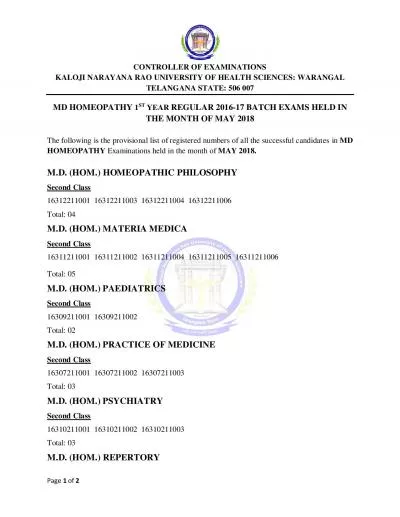PDF-CAMBRIDGE INTERNATIONAL EXAMINATIONS International General Certificate
Author : calandra-battersby | Published Date : 2016-07-11
0495 SOCIOLOGY Paper 1 maximum raw mark 90 This mark scheme is published as an aid to teachers and candidates to indicate the requirements of the examination It
Presentation Embed Code
Download Presentation
Download Presentation The PPT/PDF document "CAMBRIDGE INTERNATIONAL EXAMINATIONS Int..." is the property of its rightful owner. Permission is granted to download and print the materials on this website for personal, non-commercial use only, and to display it on your personal computer provided you do not modify the materials and that you retain all copyright notices contained in the materials. By downloading content from our website, you accept the terms of this agreement.
CAMBRIDGE INTERNATIONAL EXAMINATIONS International General Certificate: Transcript
Download Rules Of Document
"CAMBRIDGE INTERNATIONAL EXAMINATIONS International General Certificate"The content belongs to its owner. You may download and print it for personal use, without modification, and keep all copyright notices. By downloading, you agree to these terms.
Related Documents

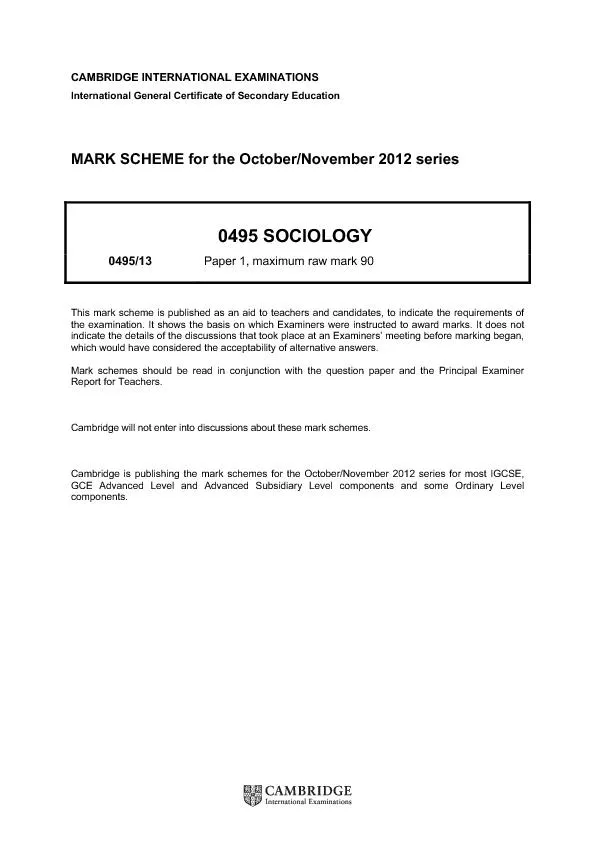
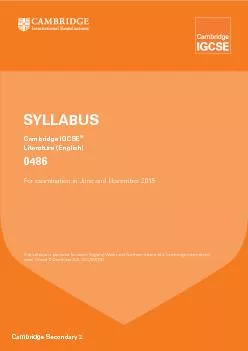
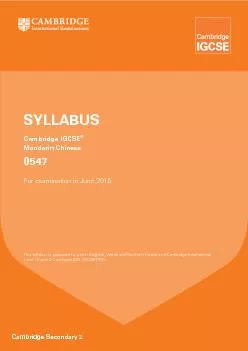
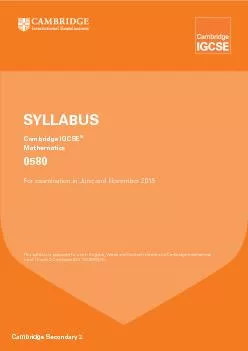

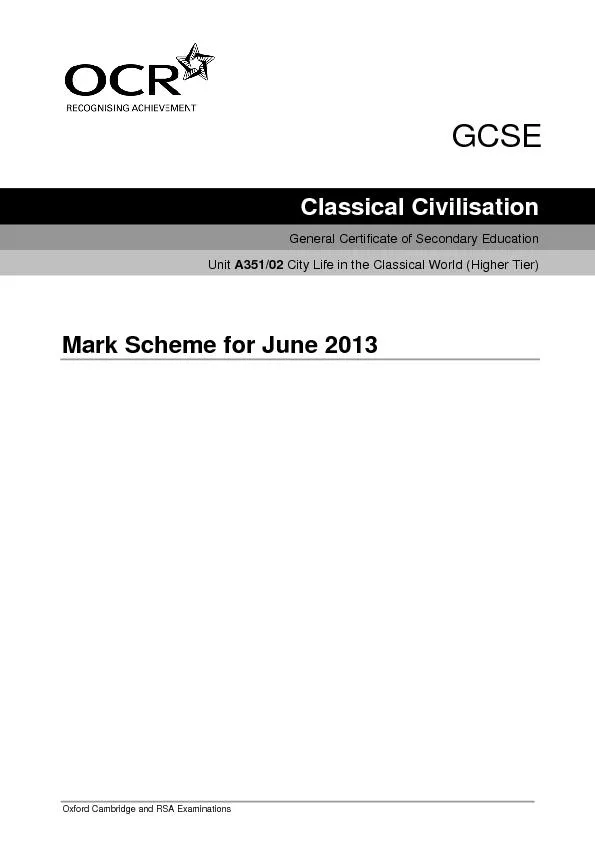




![[DOWNLOAD] - Cambridge O Level Commerce Coursebook (Cambridge International Examinations)](https://thumbs.docslides.com/902293/download-cambridge-o-level-commerce-coursebook-cambridge-international-examinations.jpg)
![[EPUB] - Cambridge O Level Commerce Coursebook (Cambridge International Examinations)](https://thumbs.docslides.com/907015/epub-cambridge-o-level-commerce-coursebook-cambridge-international-examinations.jpg)
